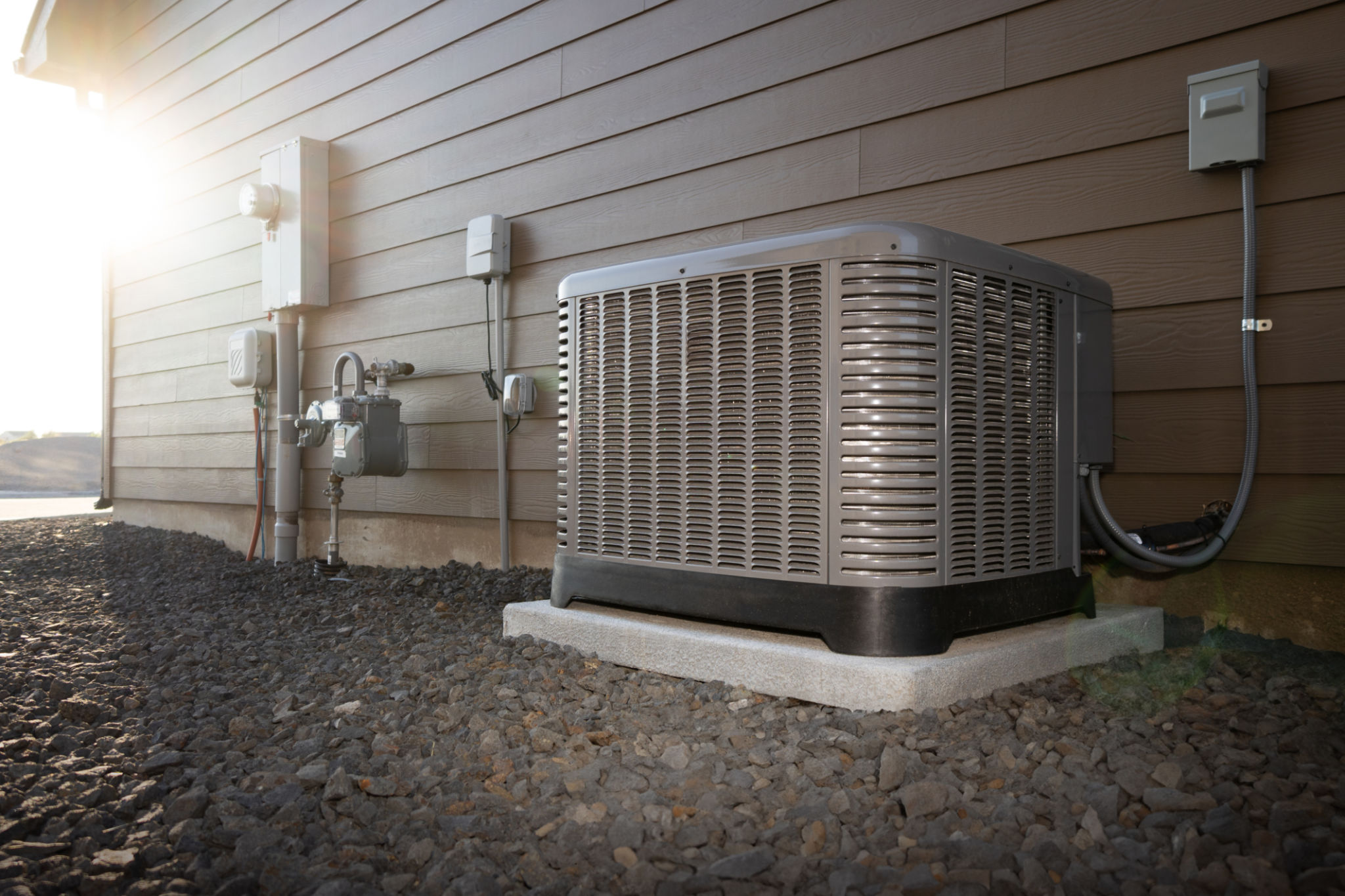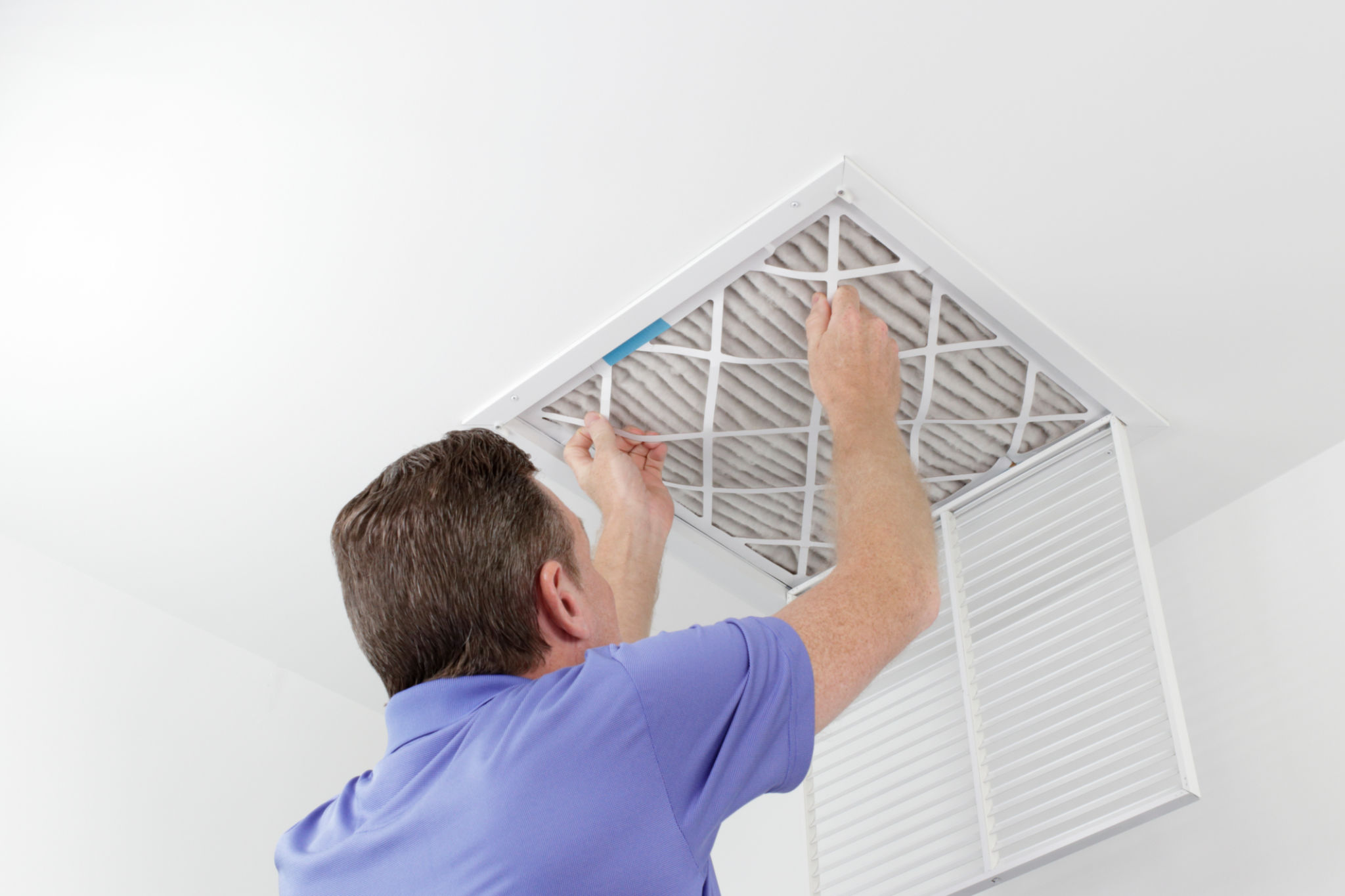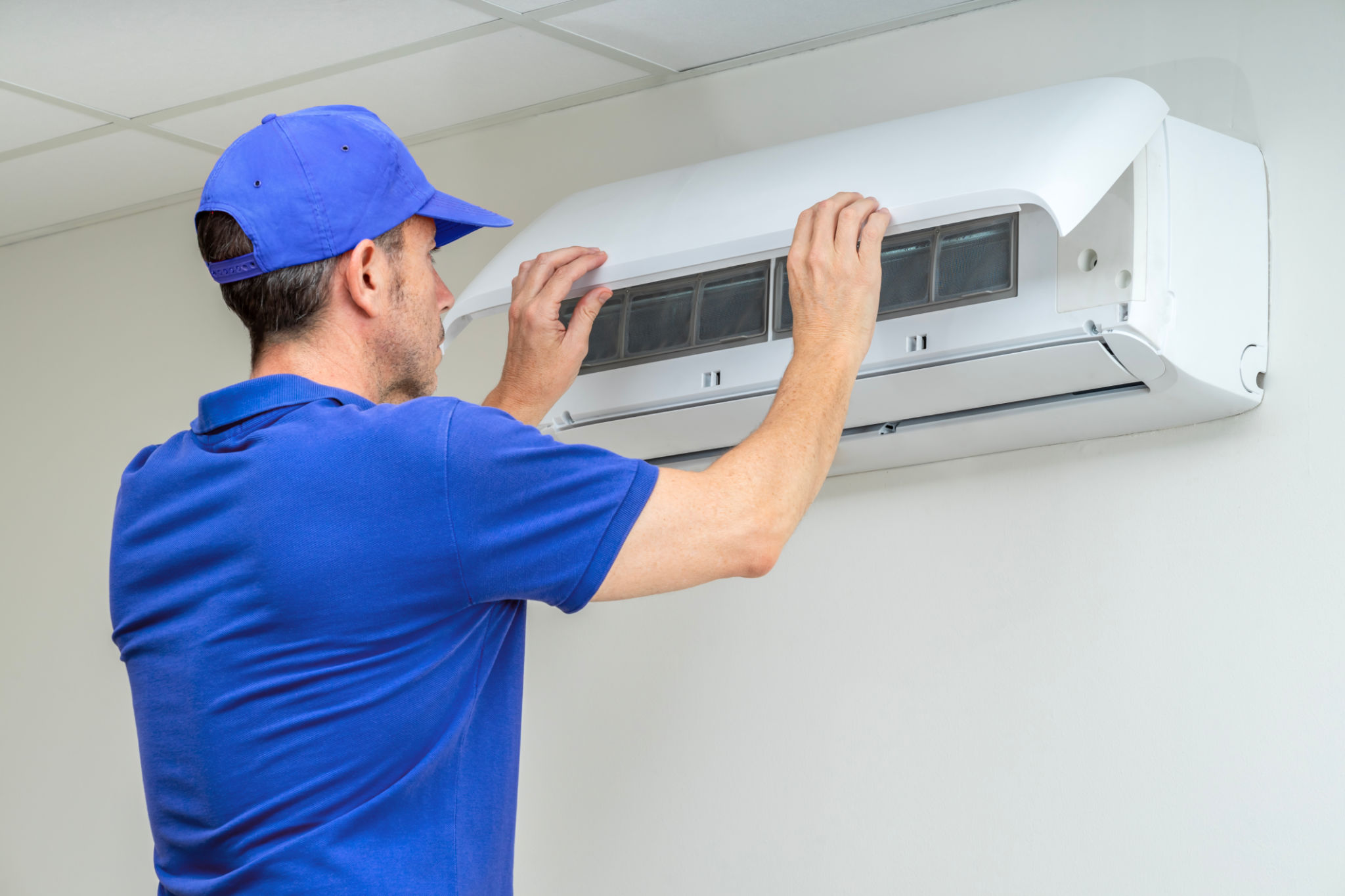DIY Troubleshooting Tips for Common Air Conditioning Problems
Identify the Problem
When your air conditioning unit isn't performing at its best, the first step is to identify the issue. Common problems include the unit not turning on, not cooling effectively, or producing strange noises. Understanding the symptoms can help you determine the cause and decide whether you can resolve it yourself.
Begin by checking the thermostat settings. Ensure it is set to "cool" mode and the temperature is lower than the current room temperature. If the thermostat is battery-operated, try replacing the batteries.

Check the Power Supply
If your air conditioner isn't turning on, the problem might be as simple as a power issue. Check that the unit is plugged in properly and that there is power running to it. Inspect your circuit breaker box for any tripped breakers and reset them if necessary.
Sometimes, a blown fuse can be the culprit. If you're comfortable, you can check and replace the fuse in the disconnect box located near the outdoor unit. Always ensure power is off before attempting this.
Inspect and Clean Filters
Dirty or clogged filters can significantly impact your air conditioner's performance. Regularly cleaning or replacing filters can improve efficiency and airflow. Most filters are accessible via a panel on the front or side of the unit.

For reusable filters, remove them and use a vacuum or wash them with soap and water. Allow them to dry completely before reinserting. Replace disposable filters according to the manufacturer's instructions, typically every one to three months.
Examine the Condenser Coils
The condenser coils, located in the outdoor unit, can also become dirty over time. Dirt and debris can reduce their ability to release heat, causing your air conditioner to work harder than necessary. To clean the coils, turn off the power and gently hose them down with water.
Avoid using high pressure to prevent damaging the delicate fins. After cleaning, inspect for any bent fins and straighten them with a fin comb if needed.

Address Refrigerant Issues
Low refrigerant levels could result from leaks, leading to poor cooling performance. While this issue typically requires a professional's attention, you can check for signs of leaks around the refrigerant lines. Look for oily residue or listen for hissing sounds indicating a possible leak.
If you suspect a refrigerant issue, it's best to contact a licensed technician who can safely repair and recharge your system.
Resolve Unusual Noises
Strange noises from your air conditioning unit can signal various problems. A rattling sound might indicate loose parts, while a squealing noise could mean a worn-out belt. Tighten screws and bolts if necessary or consider calling a professional for more complex repairs.
Regular maintenance is crucial to prevent these issues from arising. Schedule annual check-ups with an HVAC professional to keep your system in top shape.
Ensure Proper Airflow
Blocked vents and registers can restrict airflow, causing your air conditioner to underperform. Walk around your home and ensure all vents are open and unobstructed by furniture or curtains.

If certain rooms remain warmer than others, consider adjusting the dampers in your ductwork to balance airflow throughout your home.
Conclusion
Tackling common air conditioning problems on your own can save time and money. However, some issues are best left to professionals to ensure your unit's longevity and efficiency. By performing routine maintenance and addressing minor problems promptly, you can enjoy a comfortable home throughout the warmer months.